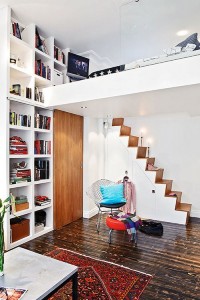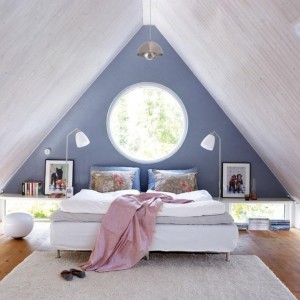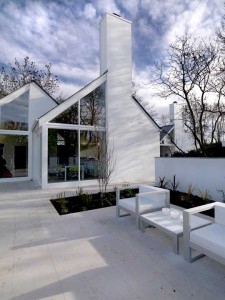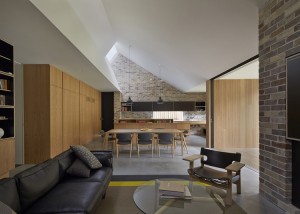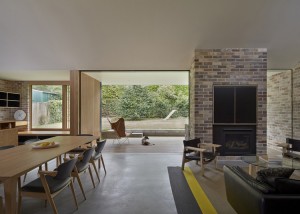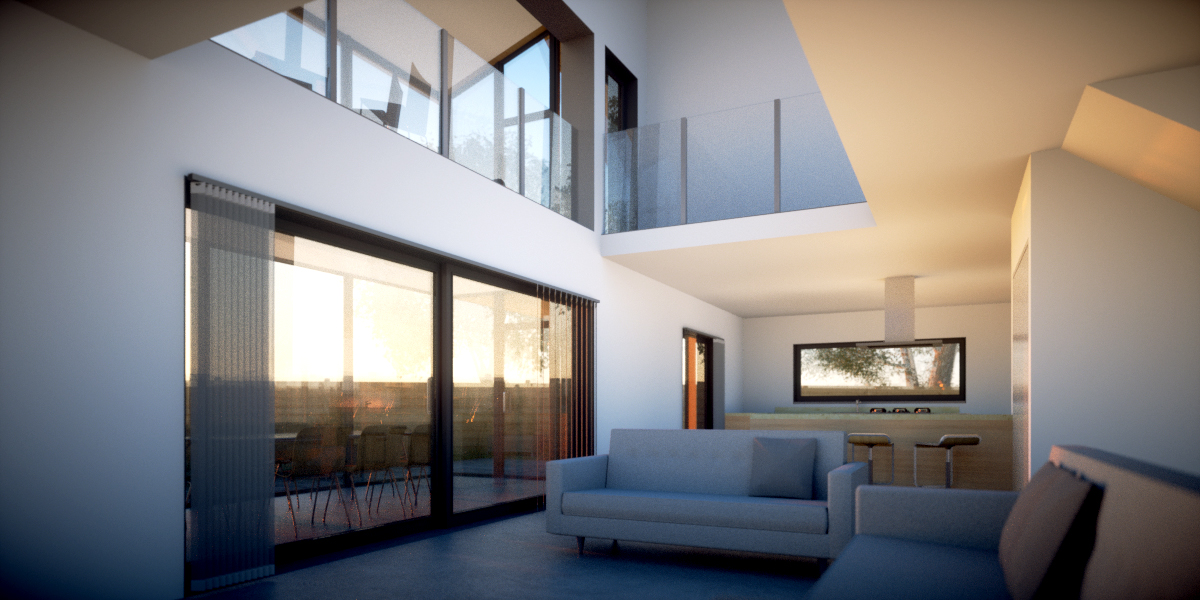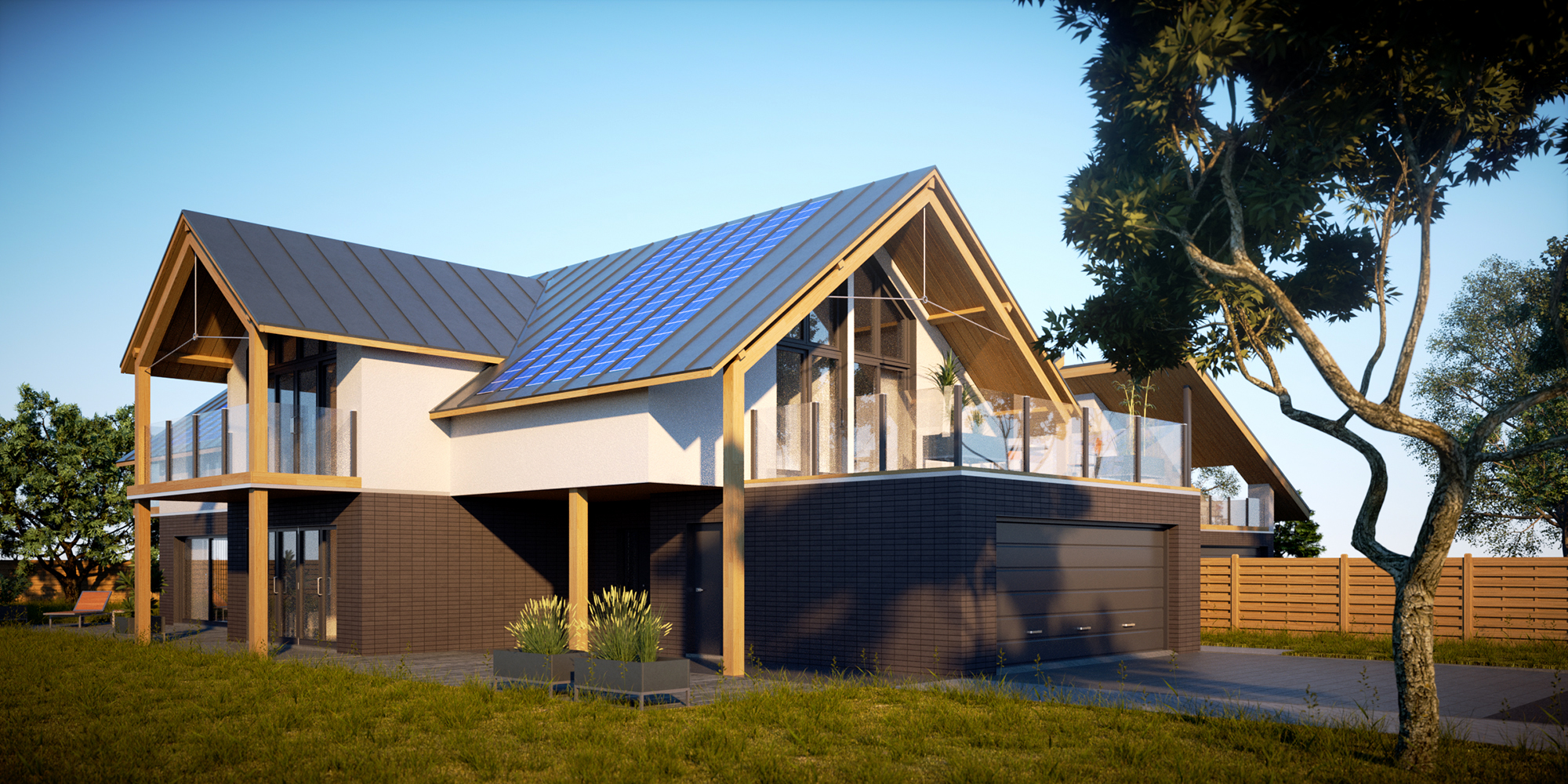Designing for Disabilities – a personal view
- single storey extension
It is a difficult day when you suddenly realise your parents are getting older and that they will increasingly need your help. For me it was when my Mum had a stroke 3 years ago and became paralysed, not able to speak or communicate. The long journey of recovery is still going, but with the amazing care from the NHS and dedication and love from my Dad and our family she can now walk with a frame and although she can’t do everything on her own she still able to live at home.
Mum’s stroke really made me think a lot about the way we design for people with disabilities, after all a huge number of our population don’t fit into the categories we design for – 1.8m tall able bodied probably male.
We had to add extra handrails to the stairs, which despite Dad’s best efforts do not add to the design qualities of the house! We had to add a walk in shower where the airing cupboard used to be and then there was all the kit Mum needed; the bed that moves up and down, the chair that supports her at the right height, the walking frame…
None of this kit was designed to look good let alone contemporary. I started to search the internet for things that had been designed to look good, maybe even stylish…. Mum understandably doesn’t want to be considered ‘old’ and all the things she had to introduce into her life were grey, ugly and un un-inspirational.
Mum has many things that she enjoys doing, she loves gardens and bird watching and she is part of a patchwork group that meet weekly for chat, tea and sewing. About 7 years ago I designed Mum and Dad an extension that opened up the back of the house and gave them an open plan kitchen dining room. This is where Mum now spends most of her time. She can feel like she’s sitting in the garden and there is space for her friends to come for coffee and a chat, because the kitchen is accessible she doesn’t have to walk far to make a cup of tea. Later if Mum does need to sleep downstairs the new space means she can do so without many alterations being made to the house.
Mum and Dad’s extension has given them a huge amount of flexibility and importantly a social hub to the home which was lacking in the formal cellular arrangement of the original 60’s house.










